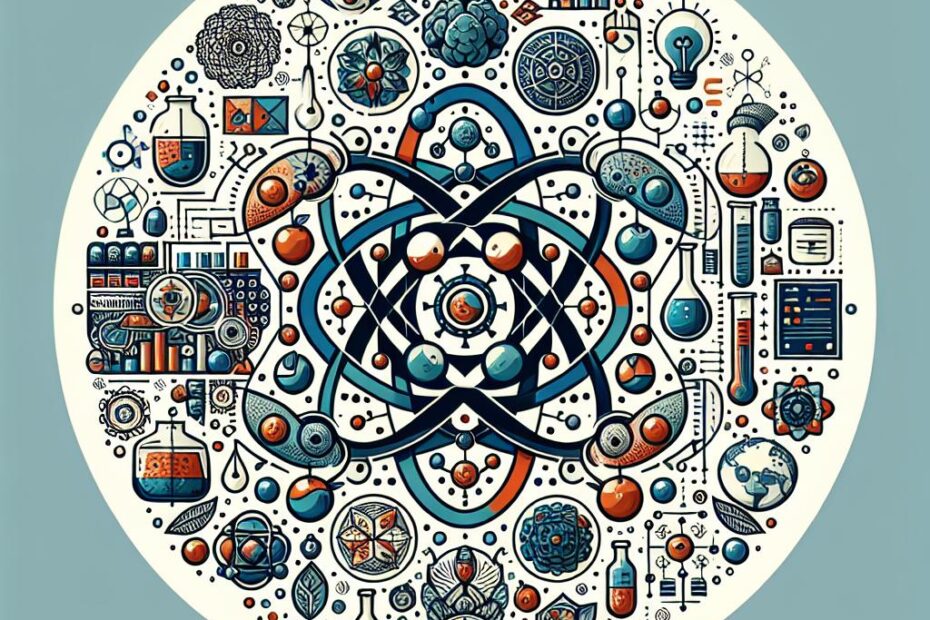Title: Is Soil an Element, Compound, or Mixture? Unraveling the Mysteries of Earth’s Foundation
Meta Title: Discover the composition of soil and understand if it is an element, compound, or mixture
Meta Description: Learn about the intricate properties of soil and whether it is classified as an element, compound, or mixture. Uncover the secrets of this essential foundation of life on Earth.
Introduction
Soil, the very foundation of life on Earth, is a complex and vital component of our ecosystem. But have you ever wondered what soil is made of? Is it a simple element, a compound of various substances, or a mixture of different materials? In this article, we will delve into the composition of soil and determine whether it can be classified as an element, compound, or mixture. Join us on this journey of exploration as we uncover the secrets of this essential resource.
What is Soil?
Soil is a complex, dynamic, and living medium that covers the Earth’s surface. It is composed of a combination of mineral particles, organic matter, water, air, and living organisms. Soil plays a crucial role in supporting plant growth, regulating water flow, and sustaining various ecosystems. It is a constantly evolving entity that is influenced by factors such as climate, topography, vegetation, and human activities.
Is Soil an Element?
An element is a pure substance that cannot be broken down further into simpler substances by chemical means. Elements are the building blocks of all matter and are represented by chemical symbols on the periodic table. Soil is not classified as an element because it is composed of a combination of different substances rather than a single pure substance.
Is Soil a Compound?
A compound is a substance that is composed of two or more elements chemically bonded together in a fixed ratio. While soil contains various compounds such as minerals, organic matter, and gases, it is not considered a compound in the strict chemical sense. Soil is a heterogeneous mixture of different substances that are not chemically bonded together but coexist in the same space.
Is Soil a Mixture?
A mixture is a combination of two or more substances that are physically blended together but retain their individual properties. Soil is best categorized as a mixture due to its diverse composition of minerals, organic matter, water, air, and living organisms. These components are not chemically combined but exist together in a complex and interconnected system.
Components of Soil
Here is a breakdown of the main components of soil and their respective properties:
-
Mineral Particles: The inorganic component of soil consists of mineral particles such as sand, silt, and clay that provide structure and texture to the soil.
-
Organic Matter: Organic matter includes decaying plant and animal materials that contribute to soil fertility and nutrient cycling.
-
Water: Soil contains various amounts of water that facilitate plant growth and support microbial activity.
-
Air: Pores in the soil allow for the exchange of gases such as oxygen and carbon dioxide crucial for plant respiration and microbial activity.
-
Living Organisms: Soil harbors a diverse community of microorganisms, plants, insects, and other organisms that play vital roles in nutrient cycling and soil health.
Benefits of Soil
Soil is essential for sustaining life on Earth and provides numerous benefits, including:
-
Supporting plant growth: Soil provides nutrients, water, and physical support for plants to grow and thrive.
-
Regulating water flow: Soil acts as a filter and reservoir for water, regulating drainage, runoff, and groundwater recharge.
-
Maintaining biodiversity: Soil supports a wide range of plant and animal species that contribute to ecosystem diversity.
-
Carbon storage: Soil stores a significant amount of carbon, helping mitigate climate change by sequestering greenhouse gases.
Practical Tips for Soil Health
To maintain healthy soil and promote sustainable land management, consider the following tips:
-
Practice organic farming: Use natural methods to enhance soil fertility and minimize chemical inputs.
-
Mulch and compost: Add organic matter to improve soil structure, water retention, and nutrient levels.
-
Rotate crops: Rotate crops to prevent soil erosion, nutrient depletion, and pest buildup.
-
Avoid over-tilling: Minimize soil disturbance to preserve soil structure and microbial communities.
Conclusion
In conclusion, soil is a complex and dynamic mixture of mineral particles, organic matter, water, air, and living organisms that form the foundation of Earth’s ecosystems. While soil is not classified as an element or compound, its diverse composition and essential role in supporting life make it a vital resource worthy of our stewardship and protection. By understanding the composition of soil and adopting sustainable land management practices, we can ensure the health and productivity of our soils for generations to come.
With its intricate blend of components and vital functions in sustaining life, soil truly embodies the interconnectedness of the natural world. Let us continue to explore, appreciate, and nurture this essential resource that lies beneath our feet.
